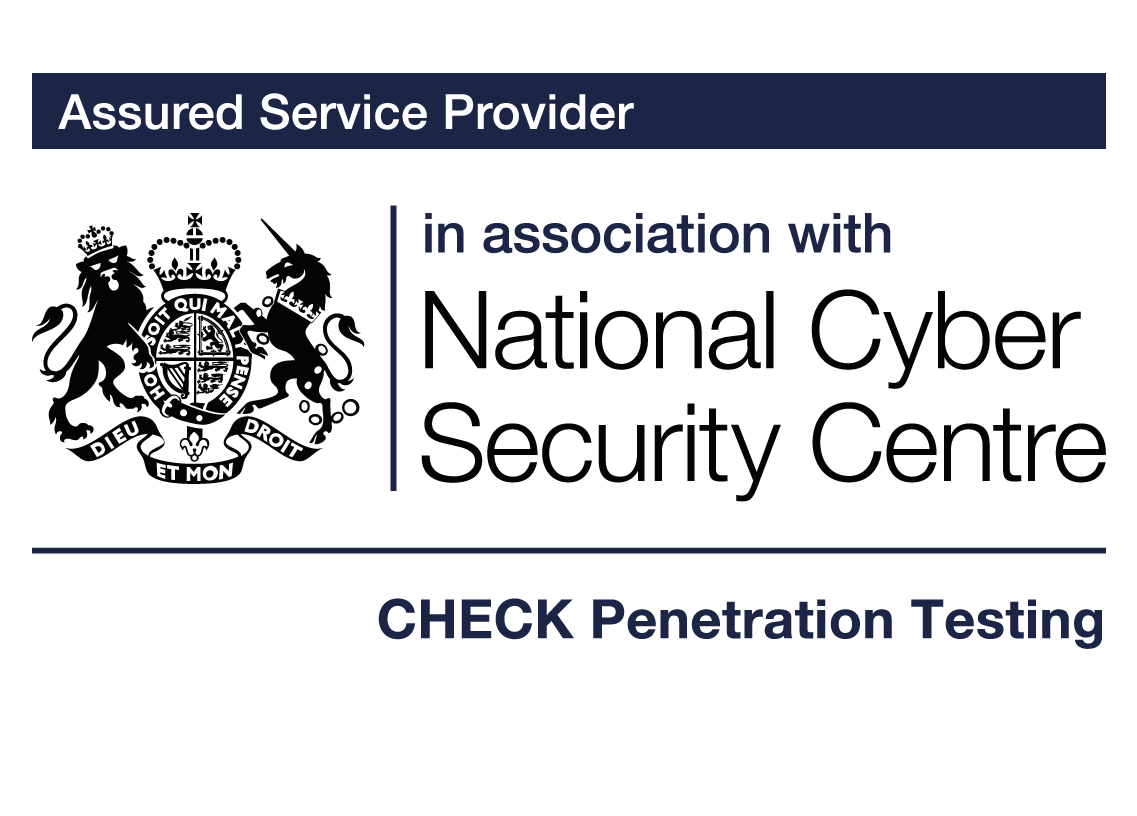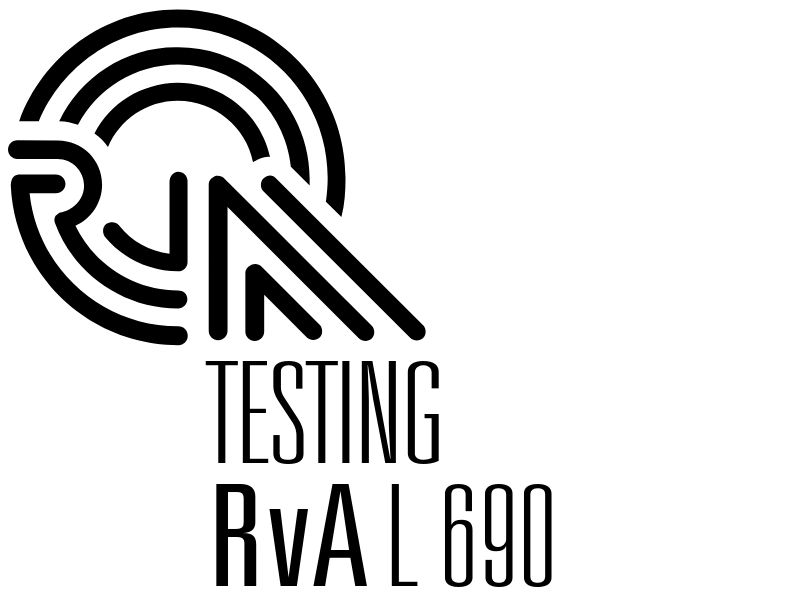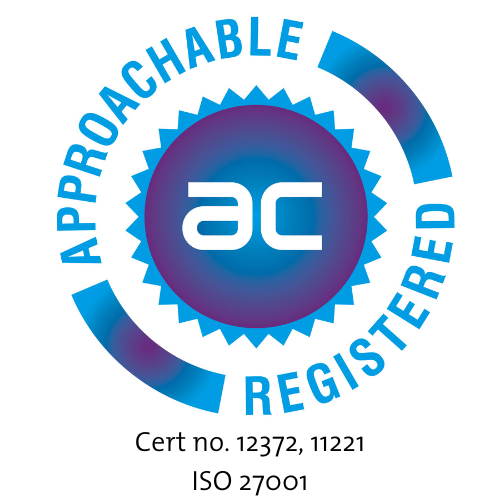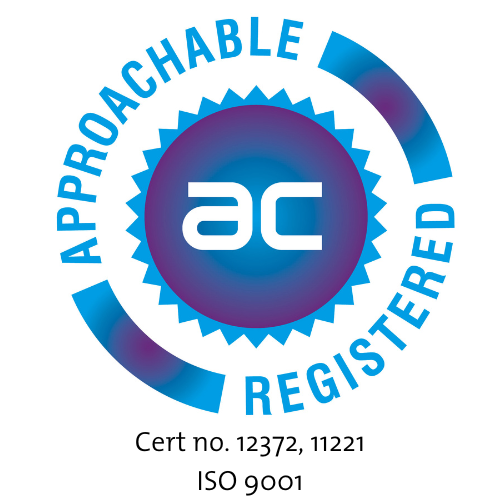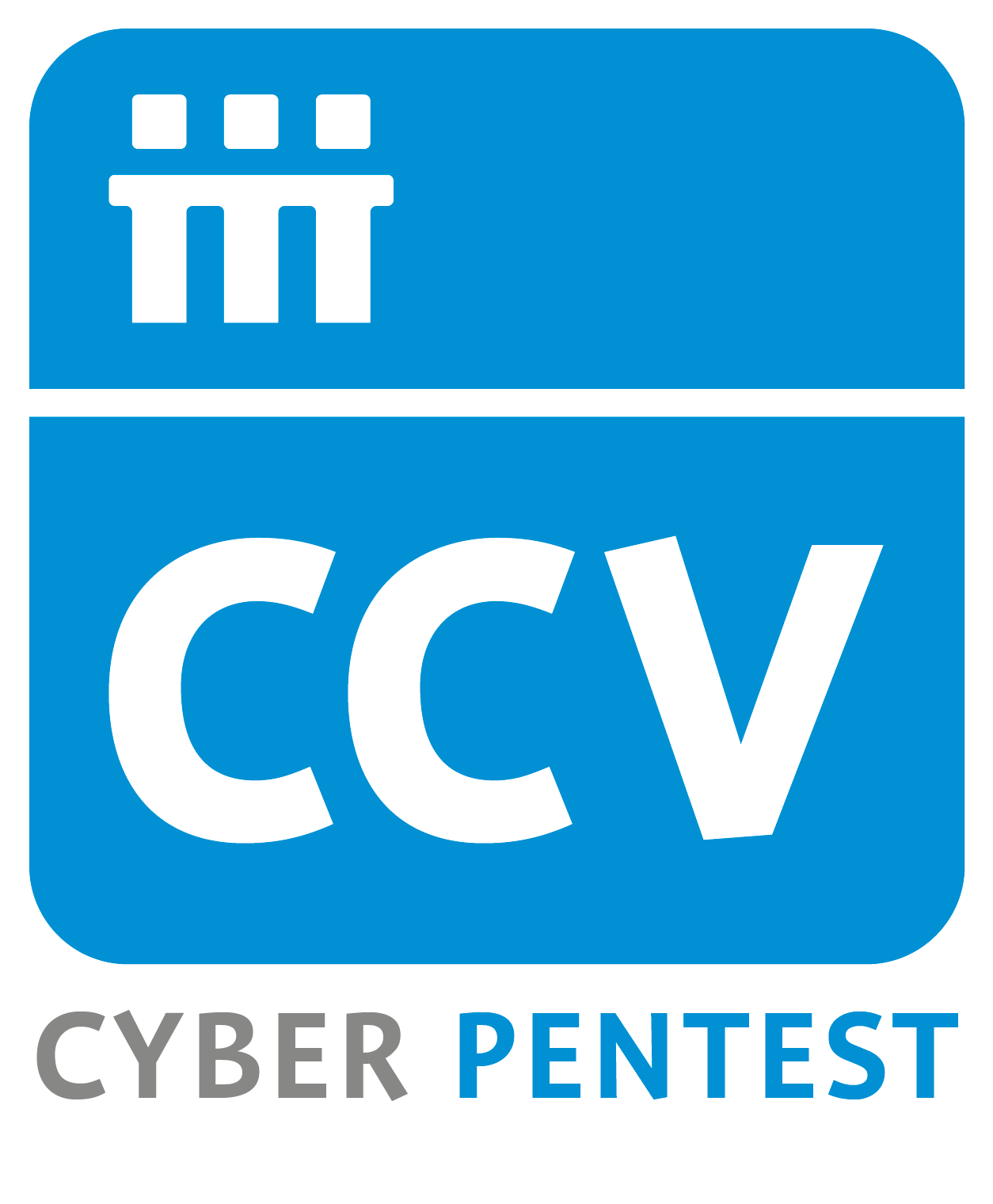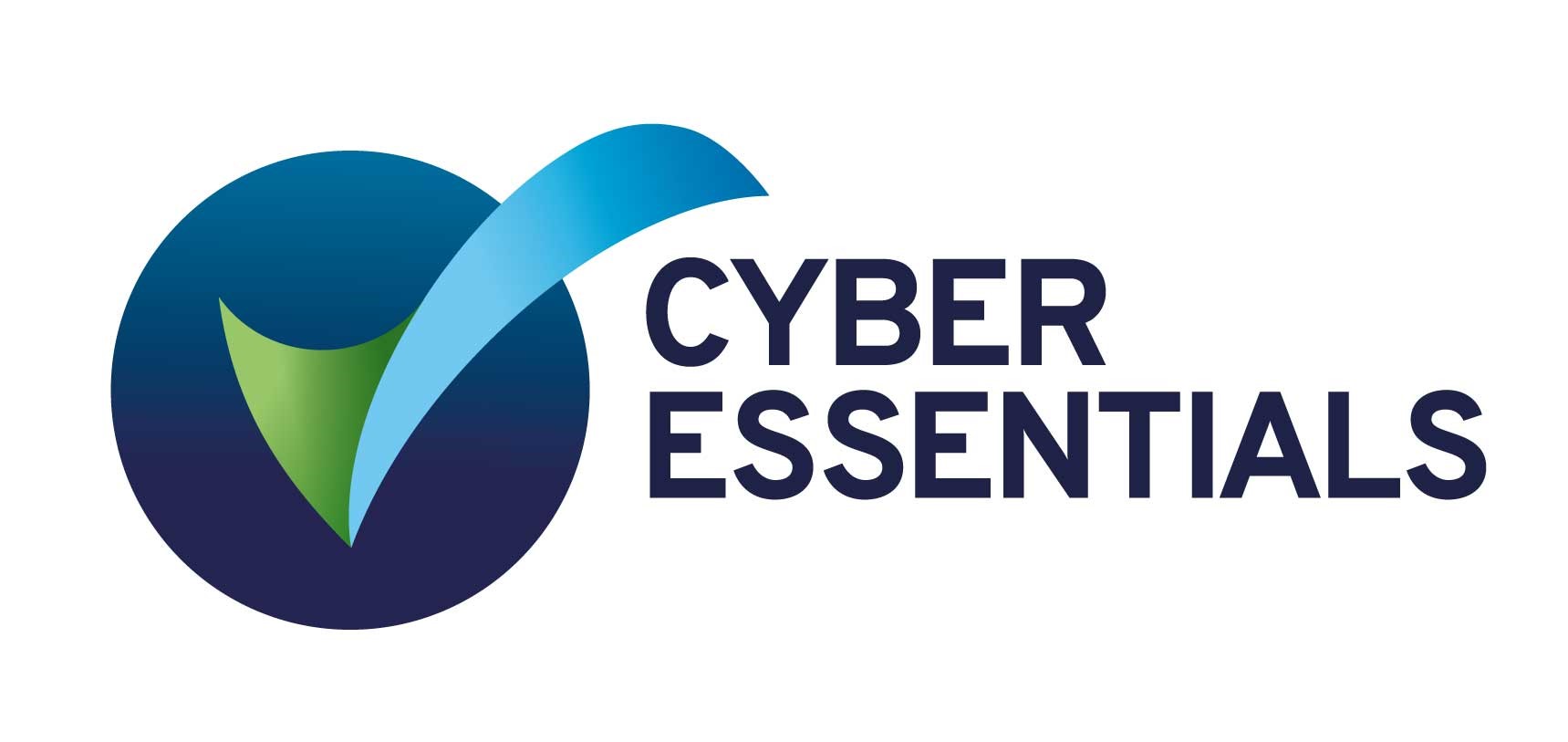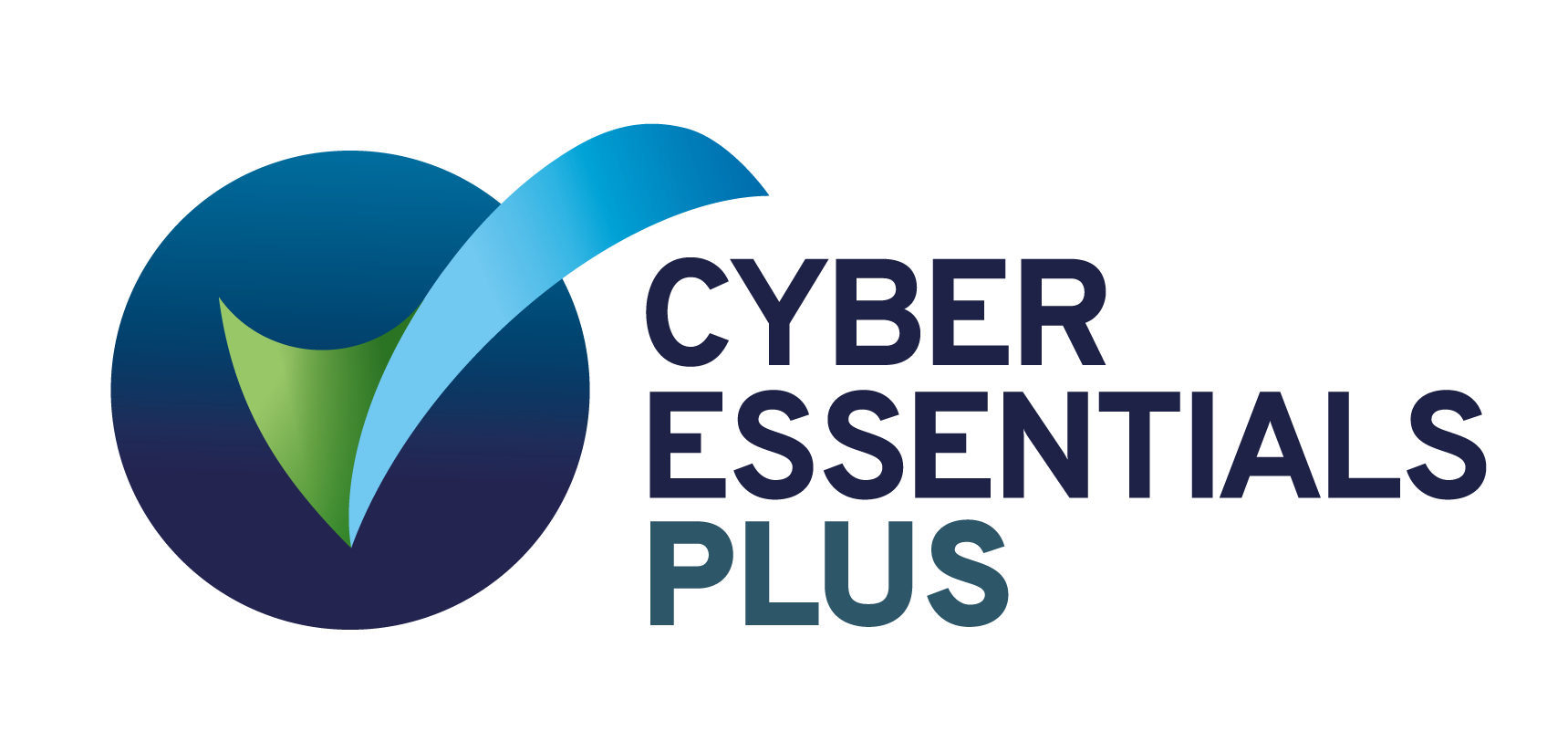The European Accessibility Act: What device manufacturers need to know
The European Accessibility Act (EAA) is a significant piece of legislation from the European Union that aims to make everyday products and services easier for people with disabilities to use. From 28 June 2025, many electronic devices sold in the EU must meet new accessibility rules. For device manufacturers, this means more than just meeting legal requirements. It’s also a chance to improve products for everyone, reach a wider market and show a commitment to inclusion.
Critically, however, if the EAA covers a product, it must meet the accessibility standards to receive a CE marking, an absolute essential for legally selling products in the EU.
What does the EAA cover?
The EAA applies to a wide range of products and services, including popular consumer electronics like smartphones, set-top boxes and TVs. It also covers computer hardware, tablets and operating systems. Self-service machines such as ATMs, ticket kiosks and airport check-in desks are included too. Even digital signs and commercial displays in public spaces fall under the scope of the Act
What accessibility requirements does the Act specify?
Devices covered by the EAA must be designed to be usable by as many people as possible, including those with disabilities. This is often called ‘Design for All’. The Act focuses on several key areas:
Sensory input and output
Devices should support different types of sensory input and output, which means users should be able to see, hear or touch the information in a way that works for them. For example, offering options like adjustable volume, speech output, alternative text for images and compatibility with screen readers.
Operability of controls and interfaces
Controls and interfaces must be easy to use. This includes providing clear instructions, simple layouts and enough time for users to complete tasks.
Accessible information and documentation
All product information, including packaging, instruction manuals and support services, must be accessible. As a result, information may need to be available in large print, Braille, audio or digital formats that work with assistive tools.
Key standards that support the EAA
To help manufacturers meet these requirements, the EAA draws on well-known standards:
- EN 301 549, the leading standard for Information and Communication Technology, explains how to make digital products accessible and is updated regularly.
- WCAG (the Web Content Accessibility Guidelines) focus on web accessibility and are helpful for devices that include online content or web-based user interfaces.
- EN 17161 supports the ‘Design for All’ approach and helps companies design products with accessibility embedded from the start.
What about devices without buttons or screens?
The Act’s aim is simple: whatever service or information a product offers, it should be easy for everyone to access, regardless of the method of interaction.
As a result, products without traditional user interfaces, like large digital displays in public places, must also be accessible. Achieving this means making the visual information clear and readable by using high-contrast text and large fonts. In some cases, extra features may be needed, such as audio announcements or ways for users to access the same information on their personal devices.
When full accessibility isn’t possible
The EAA does allow for exceptions if making a product fully accessible would place an unreasonable, or ‘disproportionate’, burden on the business. To claim this circumstance, a manufacturer must show:
- Why full accessibility isn’t possible.
- That the cost or effort is too high for the benefit gained.
- That they’ve made the product as accessible as they reasonably can.
For example, a traditional billboard might be too difficult or costly to update in real time to meet each viewer’s needs. However, it’s still reasonable to increase accessibility by using clear, high-contrast visuals and large fonts, and offering the same information via a website or phone line.
It’s important to note that the rules around ‘disproportionate burden’ are strict, and a lack of time, money or knowledge isn’t sufficient grounds to qualify for an exemption.
What must manufacturers do to comply with the EAA?
The EAA focuses on what the product must achieve, rather than specifying exactly what manufacturers must do to comply. For instance, the rules might say “controls must be usable by people with limited motor skills”, rather than stipulating that buttons must be 1cm wide. This gives manufacturers the freedom to choose the best design for their product, whether that’s a large button, voice control or another option entirely.
The key responsibilities allocated to manufacturers under the EAA are:
- Designing and building products that meet the accessibility rules.
- Making sure user guides, labels and customer support are accessible.
- Carrying out assessments to prove their product complies with the law.
- Adding clear labelling to show the product meets the EAA standards.
How ready is the electronic device industry?
Undoubtedly, the EAA will significantly impact how electronic devices are made and sold in Europe, and most companies will likely need to invest further in better design, additional testing and more accessible documentation. In recent tests of newer devices, about half of the models tested didn’t support features such as live subtitles during streaming – a clear sign that many manufacturers still have work to do to meet the EAA requirements.
However, the good news is that accessible design often benefits all users, not just those with disabilities, enhancing customer experience across the board.
How Resillion can help
Our experts are already supporting manufacturers in their preparations for the EAA with a range of services, including:
- Expert guidance to help you navigate the EAA compliance process, including practical advice on compatibility with assistive technology and accessible documentation.
- Accessibility testing to establish how well your product works for people with different abilities, using recognised standards.
- Compliance assessments to examine whether your product meets EAA requirements, with a detailed report on necessary improvements.
- Support to make improvements to products that aren’t yet compliant.
- Specialist-led training for your staff so accessibility becomes part of your design and development process.
Your EAA preparation has value beyond compliance
The European Accessibility Act brings both responsibility and opportunity. By making devices accessible to everyone, companies can not only meet the law but also improve user experience, grow their customer base and stand out as leaders in inclusive innovation. With the right preparation and expert support from partners like us, manufacturers can be ready when the EAA comes into force in June 2025.
Reach out to discuss which methodology is the best option for your organisation.
Conformance & Interoperability
Testing and consultancy to ensure seamless interoperability of components in connected digital ecosystems.
Find out moreAI enabled Secure Software Delivery
Unlock the power of AI-enabled secure software delivery
Find out moreOur Accreditations and Certifications
